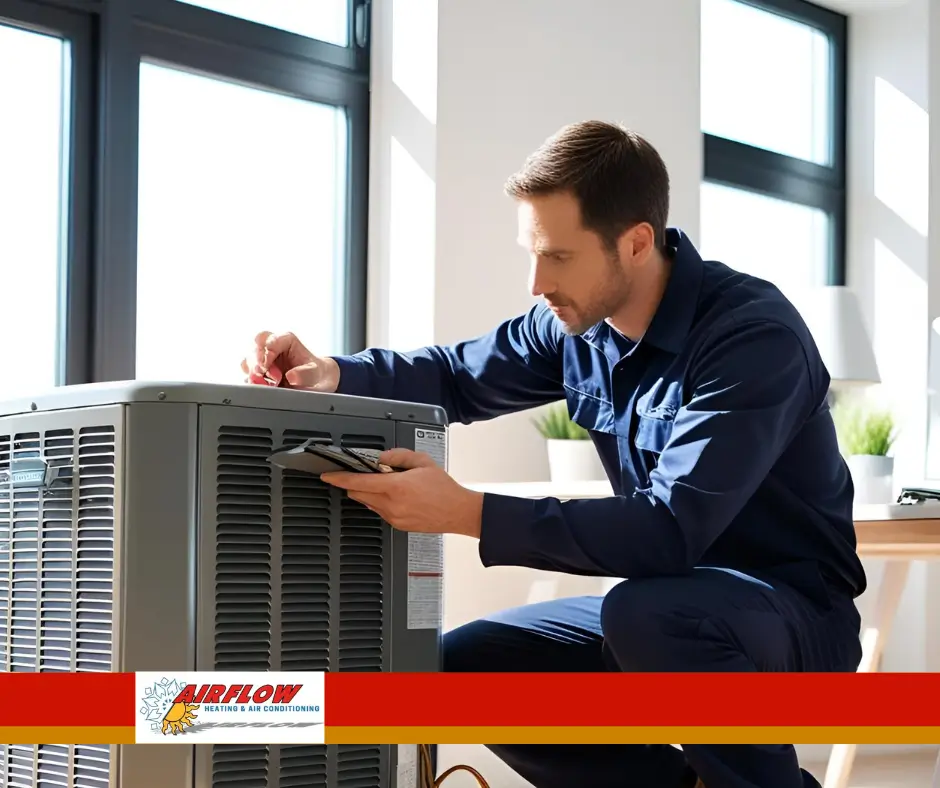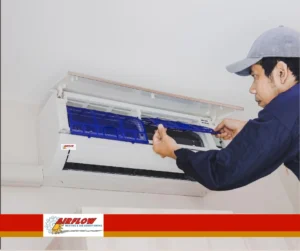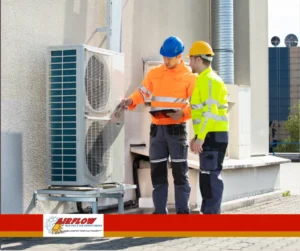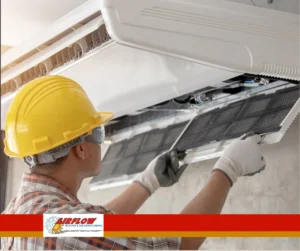When it comes to Air Conditioning repair, one of the most critical — yet often overlooked — decisions involves choosing the right refrigerant. As HVAC technology evolves and environmental regulations tighten, refrigerants like R-410A and R-32 have become industry standards. But how do these options differ in terms of leak prevention, efficiency, and environmental impact?
Why Refrigerant Choice Matters in Air Conditioning Repair
Refrigerants are the lifeblood of your cooling system. They circulate through the evaporator coils and condenser units, absorbing heat indoors and releasing it outside. A leak in the refrigerant line can reduce system efficiency, damage the compressor, and result in costly air conditioning repair.
Choosing the right refrigerant isn’t just about compatibility — it’s about minimizing long-term risks and maintenance needs.
Comparing R-410A and R-32: What’s the Difference?
1. Environmental Impact
R-32 has a Global Warming Potential (GWP) of 675, which is significantly lower than R-410A’s GWP of 2088. This makes R-32 a more eco-friendly option and a popular choice for manufacturers seeking to reduce their carbon footprint.
2. Leak Propensity and Handling
Although both refrigerants are non-ozone depleting, R-32 has a higher operating pressure and is classified as mildly flammable (A2L), which means it must be handled with extra caution. However, it also has a lower volume requirement per system and better thermal conductivity, which can translate to fewer chances of over-pressurization and potential leaks when properly installed.
R-410A, while non-flammable, is a refrigerant blend, and partial leakage can lead to refrigerant composition imbalance, complicating future air conditioning repair and refills. This can increase long-term maintenance needs.
3. Energy Efficiency
Systems using R-32 typically run more efficiently due to the refrigerant’s better heat transfer properties. Improved efficiency reduces compressor workload, which in turn decreases the chance of wear-and-tear-related leaks or mechanical breakdowns.
4. System Compatibility
R-410A is widely supported by existing HVAC infrastructure. However, newer systems are increasingly designed for R-32, and backward compatibility is limited. Attempting to retrofit an R-410A system for R-32 without full conversion can cause significant system damage and safety hazards — a risk no licensed HVAC technician would recommend.
Leak Prevention Best Practices Regardless of Refrigerant
Regardless of the refrigerant used, leak prevention starts with proper installation and proactive care. Here are some best practices:
- Annual system inspections to detect early signs of corrosion or line stress
- Routine refrigerant pressure monitoring to ensure safe levels
- Proper insulation for refrigerant lines to prevent heat gain and vibration
- Correct charging and evacuation procedures during any repair or installation
These preventive steps help minimize the chances of refrigerant escape, reduce energy loss, and delay expensive air conditioning repair needs.
Future Trends: Where the Industry Is Headed
Due to environmental mandates like the Kigali Amendment, the HVAC industry is steadily shifting away from high-GWP refrigerants like R-410A. Manufacturers are rolling out units specifically engineered for R-32 and even lower-GWP alternatives like R-454B, which offers better performance with less environmental impact.
As consumers grow more climate-conscious, refrigerant choice will play a bigger role in equipment purchasing — not just from a performance standpoint, but also for regulatory compliance and long-term cost savings.
Final Thoughts
When dealing with air conditioning repair or installing a new unit, refrigerant selection can significantly affect system longevity, energy use, environmental impact, and leak vulnerability. R-32 offers a modern, efficient, and greener alternative to R-410A, though it must be handled with expertise and care.
To ensure optimal system performance and long-term reliability, always consult with a certified HVAC professional before making any refrigerant-related decisions. The right choice today can help you avoid costly repairs — and contribute to a more sustainable tomorrow.
READ MORE:





